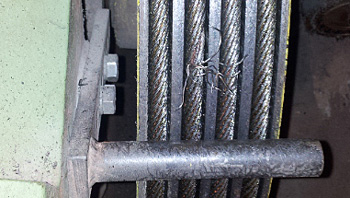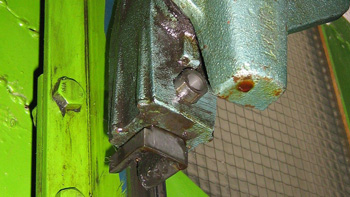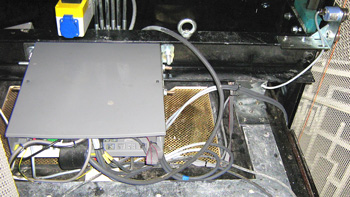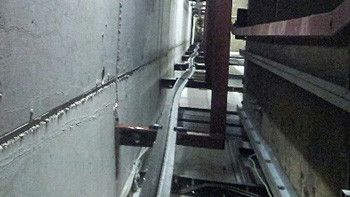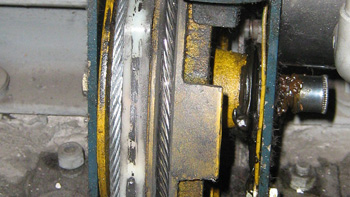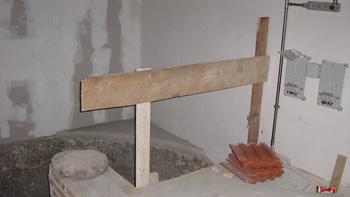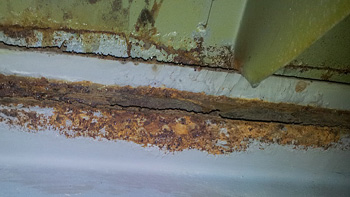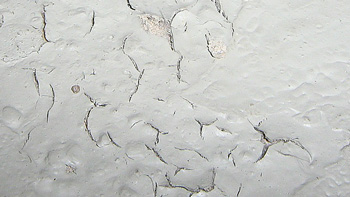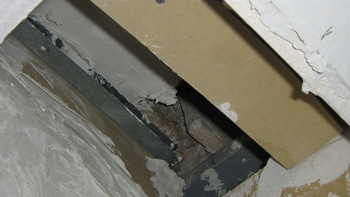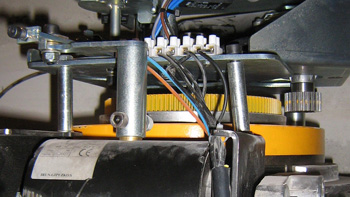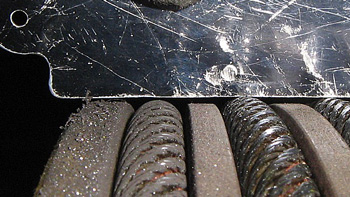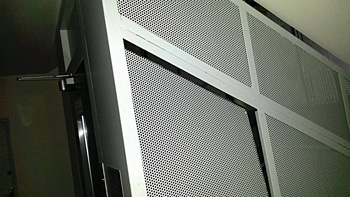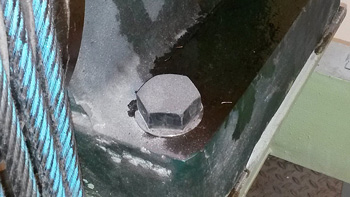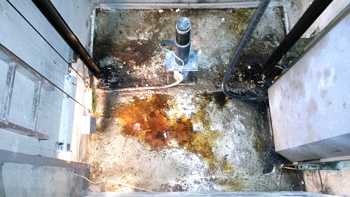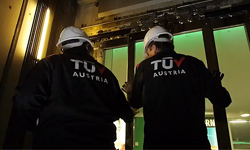Lift Technology: Plant Supervision
TUV Austria carries out the inspection within the scope of the legal requirements
- Lifts Lifting platforms
- Escalators and moving sidewalks
- Devices to cruise facades
- Lifts for handicapped
After successful design approval and final inspection we administrate IT -supported your deadlines for the compliance of the inspection dates. So you will not miss any time limit.
Beside the plant referring tests and inspections we train and examine lift attendants as well as the stuff for emergency rescue of trapped people from lift cabins.
We further offer
- Expert opinions on court order
- Private expert opinions
- Analyses of the actual state in order to collect the condition of the plant
- Calculation of the transport capacity in respect to the number of persons to be carried (necessary characteristic and number of lifts)
- Expert opinions in regard to style reconstruction of plants worthy for conservation
- Accompanying construction supervision from the planning to the completion of a project
- Test management


